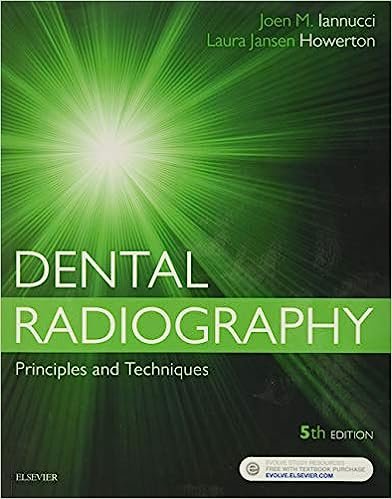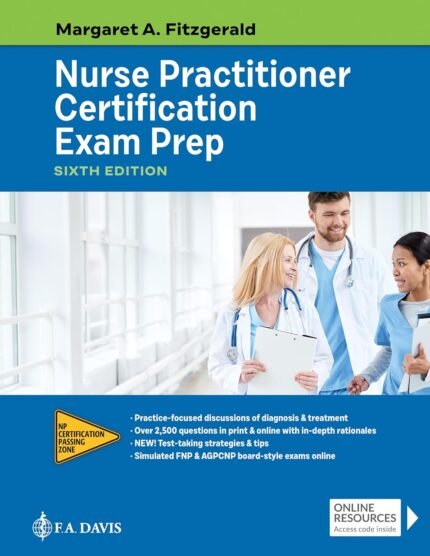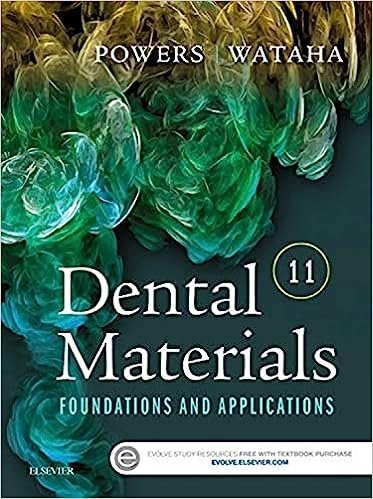Test Bank for Dental Public Health and Research 4th Edition by Nathe
Chapter 7 Advocacy for Dental Care
1) An individual who causes social, cultural, or behavioral change is called a(n) ________.
- A) Change agent
- B) Propel agent
- C) External agent
- D) Internal agent
- E) Both A and B
Answer: A
2) Propelling people to take action or make a change is termed ________.
- A) Collaboration
- B) Cooperation
- C) Empowerment
- D) Enlightenment
- E) None of the above
Answer: C
3) A process of evolution is called ________
- A) Change
- B) Empowerment
- C) Cooperation
- D) Stimulus
- E) All of the above
Answer: A
4) The key to successful change is to understand others and resolve to work with them regardless of whether goals or interests are shared.
- A) The first statement is true, the second statement is false
- B) The first statement is false, the second statement is true
- C) Both statements are true
- D) Both statements are false
Answer: C
5) An understanding of what needs to change and using motivation to transform the opinions and actions of others is referred to as a ________
- A) Catalyst
- B) Solution-giver
- C) Resource linker
- D) Process helper
- E) Both A and B
Answer: A
6) A problem solver and an individual vital to establishing or maintaining rapport within the dental office is referred to as a ________
- A) Catalyst
- B) Solution-giver
- C) Resource linker
- D) Process helper
- E) Both C and D
Answer: B
7) A facilitator who brings together individuals who share the same interests, abilities, monetary support, and common goals is referred to as a ________
- A) Catalyst
- B) Solution-giver
- C) Resource linker
- D) Process helper
- E) All of the above
Answer: C
8) An individual who understands all aspects of the change process and provides help where needed is called a ________
- A) Catalyst
- B) Solution-giver
- C) Resource linker
- D) Process helper
- E) None of the above
Answer: D
9) What is a written description of rules, regulations, and stipulations that governs individual actions and procedures?
- A) Rule
- B) Regulation
- C) Policy
- D) Procedure
- E) Both B and C
Answer: C
10) What are the guiding principles for groups based on what is right and what is wrong?
- A) Ethics
- B) Rules
- C) Regulations
- D) Policies
- E) All of the above
Answer: A
11) The process of working together toward a common goal is called ________
- A) Ethics
- B) Procedures
- C) Collaboration
- D) Cooperation
- E) All of the above
Answer: C
12) The attempt to influence or sway others toward a desired position or action is called ________
- A) Ethics
- B) Collaboration
- C) Lobbying
- D) Stimulating
- E) None of the above
Answer: C
13) A common action in a collaborative relationship includes ________
- A) Networking
- B) Management
- C) Lobbying
- D) Selling
- E) Both A and B
Answer: A
14) The most valued asset of lobbyists are their ________
- A) Networking skills
- B) Established relationships
- C) Knowledge of a broad range of topics
- D) Value system
- E) None of the above
Answer: B
15) The state of associating or participating with others regularly regarding a joint interest is termed ________
- A) Cooperation
- B) Mediation
- C) Resolution
- D) Partnerships
- E) All of the above
Answer: D










Reviews
There are no reviews yet.